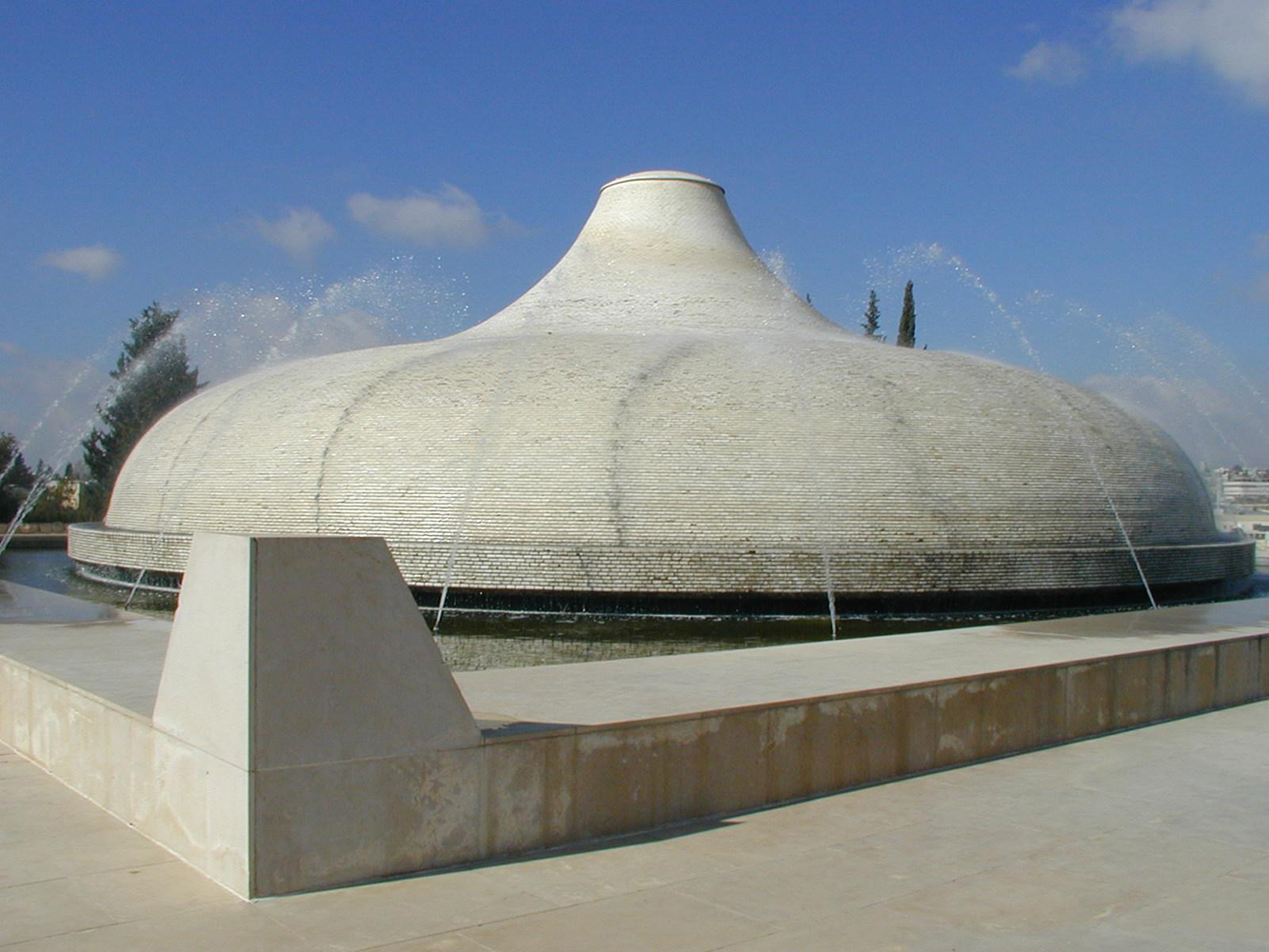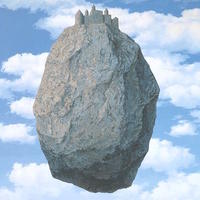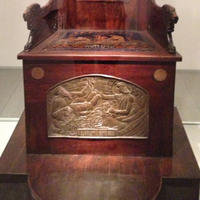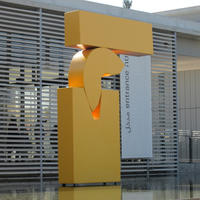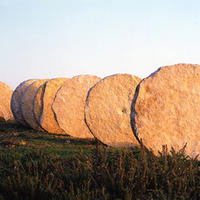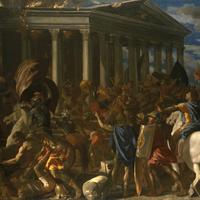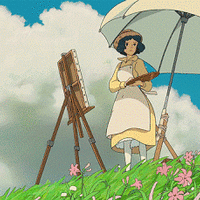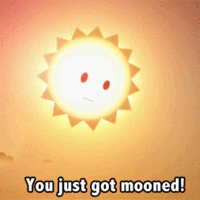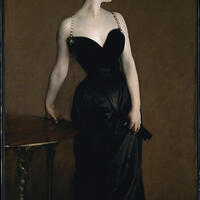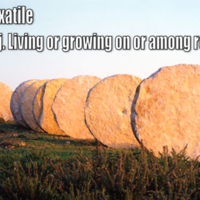More about Israel Museum
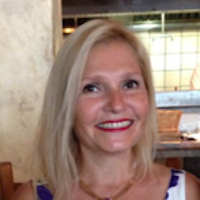
Contributor
The Department of Tourism markets Israel as the land of milk and honey, and Jerusalem as the golden city of light. The Israel Museum fits right in.
The cultural site is not downtown, but close and sits right next to the Israeli parliament, the Department of the Treasury, the Supreme Court, and other government buildings you probably don't want to (and aren't allowed to) go in. But who needs those buildings when you have the largest museum in the Middle East, and one of the ten largest museums in the world at your disposal, with 190,000 square feet of exhibition space.
The building itself looks like a collection of modern-looking boxes and has a beautiful view of the surrounding hills. Built in 1965, a 2010 renovation added a spectacular underground tunnel, adding 26,000 square feet of exhibition halls. Handicapped visitors get to ride electric golf carts through it.
Twelve years after the formation of the State of Israel, its first prime minister, David Ben Gurion decided that the country needed a National Museum and that it should reside in Jerusalem. Ben Gurion was a small man who stood on his head every day because he believed that blood to the brain gives you energy. Kooky, sure, but thanks for the museum! Teddy Kollek, the longest-serving mayor of Jerusalem and close friend of New York Mayor Ed Koch, relentlessly pursued renowned Jewish collectors in North America to donate their collections. He was successful and got the support of a number of families with large fortunes and great collections.
Highlights from these include:
- The most important archeologic find in the Middle East to date: the Dead Sea Scrolls.
- Giant ceramic vases with dead people inside (anthropoid sarcophagi).
- Objects from the rise of Christianity and Islam.
- Prehistoric archeology of Israel, Bronze and Iron Ages.
- A special section dedicated to Jewish traditions around birth, marriage, and death.
- Tons of super high-quality art from all over the globe.
- The Billy Rose sculpture garden was designed by the American sculptor, Isamu Noguchi. It also houses later works by important sculptors like Magdalena Abakanowicz.
- A really fun part of the museum is the Youth Wing, which offers numerous activities that contribute towards the advancement of creativity in children.
Featured Content
Here is what Wikipedia says about Israel Museum
The Israel Museum (Hebrew: מוזיאון ישראל, Muze'on Yisrael, Arabic: متحف إسرائيل) is an art and archaeological museum in Jerusalem. It was established in 1965 as Israel's largest and foremost cultural institution, and one of the world's leading encyclopaedic museums. It is situated on a hill in the Givat Ram neighborhood of Jerusalem, adjacent to the Bible Lands Museum, the Knesset, the Israeli Supreme Court, and the Hebrew University of Jerusalem.
Its holdings include the world's most comprehensive collections of the archaeology of the Holy Land, and Jewish art and life, as well as significant and extensive holdings in the fine arts, the latter encompassing eleven separate departments: Israeli Art, European Art, Modern Art, Contemporary Art, Prints and Drawings, Photography, Design and Architecture, Asian Art, African Art, Oceanian Art, and Arts of the Americas.
Among the unique objects on display are the Venus of Berekhat Ram, the interior of a 1736 Zedek ve Shalom synagogue from Suriname, necklaces worn by Jewish brides in Yemen, a mosaic Islamic prayer niche from 17th-century Persia, and a nail attesting to the practice of crucifixion in Jesus' time. An urn-shaped building in the grounds of the museum, the Shrine of the Book, houses the Dead Sea Scrolls and artifacts discovered at Masada. It is one of the largest museums in the region.
Check out the full Wikipedia article about Israel Museum

